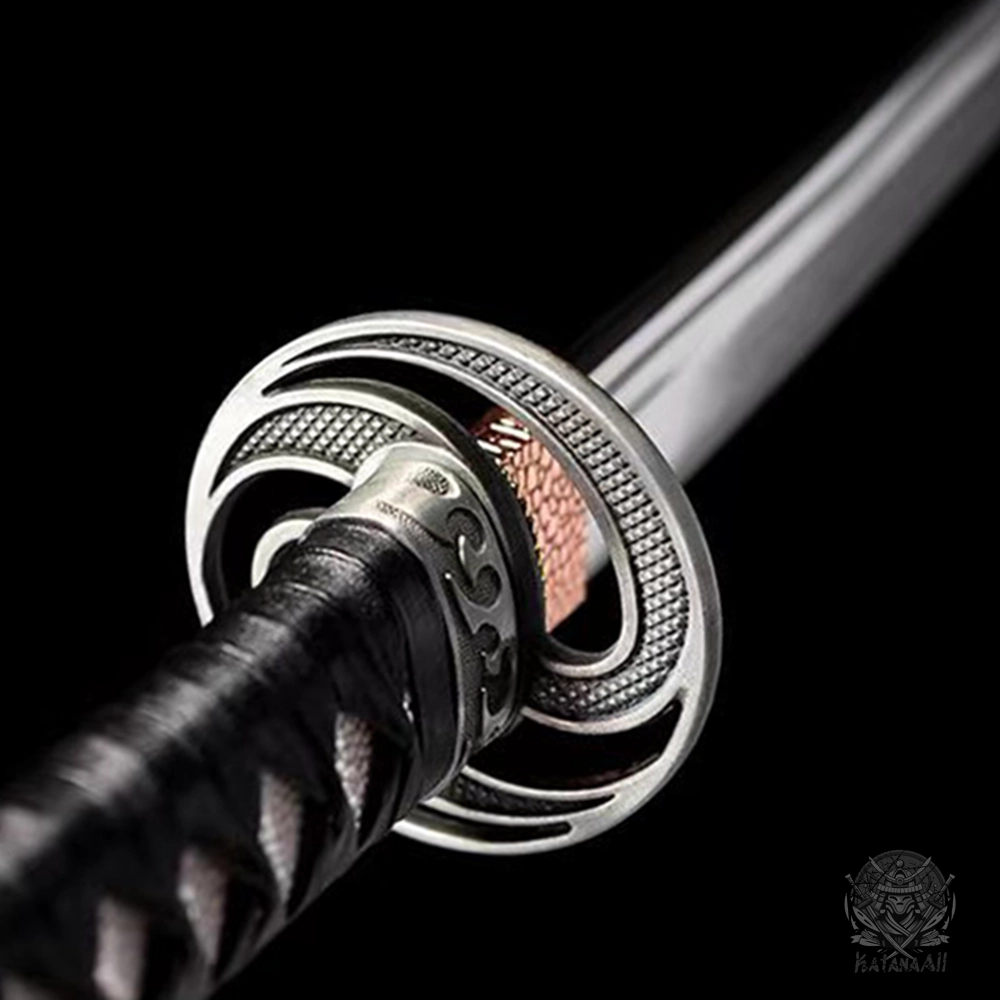
The katana, often celebrated as a masterpiece of craftsmanship, owes much of its functionality and beauty to its intricate blade geometry. The way a katana is shaped directly influences its cutting ability, durability, and aesthetic appeal. Understanding katana blade geometry is essential for collectors, martial artists, and enthusiasts who wish to appreciate the complexities of this iconic weapon. In this article, we delve into the key aspects of katana blade geometry and their significance.
The Basics of Katana Blade Geometry
Katana blade geometry refers to the specific contours, angles, and curves that define the blade’s cross-section and overall shape. These elements are meticulously crafted to balance cutting efficiency, structural integrity, and visual elegance. Key components of katana blade geometry include:
- Shinogi: The ridgeline that separates the blade’s flat side (ji) from its cutting edge bevel (ha).
- Hamon: The hardened edge, visible as a wavy or straight line, created during the differential hardening process.
- Sori: The curvature of the blade, which enhances cutting power and maneuverability.
Types of Blade Cross-Sections
Different cross-sectional shapes give the katana its unique performance characteristics. Some of the most common blade cross-sections include:
1. Shinogi-Zukuri
The most traditional and common katana blade shape, shinogi-zukuri features a prominent ridgeline (shinogi) and a flat surface on either side of the blade.
- Advantages: Excellent balance of strength and cutting ability.
- Applications: Preferred for tameshigiri (test cutting) and martial arts.
2. Hira-Zukuri
This design lacks a shinogi and has a completely flat cross-section, giving the blade a sleek appearance.
- Advantages: Lightweight and highly efficient for slicing.
- Applications: Often used in tanto (short swords) rather than full-length katanas.
3. Unokubi-Zukuri
Unokubi-zukuri blades feature a thinner section near the spine to reduce weight while retaining strength at the cutting edge.
- Advantages: Improved speed and agility without compromising cutting power.
- Applications: Popular for practitioners seeking a lightweight weapon.
4. Kissaki-Moroha-Zukuri
This rare blade geometry incorporates a double-edged tip, enhancing its piercing capabilities.
- Advantages: Ideal for thrusting techniques while maintaining slicing functionality.
- Applications: Historical and ceremonial use.
The Role of Sori (Blade Curvature)
The sori, or curvature of the blade, is another critical aspect of katana geometry. Sori affects how the blade interacts with its target, making it a crucial factor in cutting efficiency.
1. Tori-Sori
The most common curvature type, tori-sori features a gentle arc along the entire blade length. This curvature maximizes cutting power by aligning the edge perfectly during a slicing motion.
2. Koshi-Sori
In koshi-sori, the curvature is concentrated near the blade’s hilt. This design enhances control and maneuverability, making it suitable for close combat.
3. Saki-Sori
Saki-sori blades curve near the tip, improving penetration for thrusting strikes.
Blade Thickness and Width
The thickness and width of a katana blade also play significant roles in its performance.
- Thick Blades: Offer greater durability and resistance to bending but require more force to cut.
- Thin Blades: Allow for faster, more precise cuts but may lack the same durability.
- Wide Blades: Increase cutting surface area for efficient slicing.
Differential Hardening and the Hamon Line
One of the most distinctive features of a katana is its hamon line, which results from the differential hardening process. This technique involves applying clay to specific parts of the blade before quenching, creating a hard edge and a softer spine.
- Benefits: The hard edge maintains sharpness, while the softer spine absorbs shock, preventing breakage.
- Aesthetic Appeal: The hamon line also serves as a decorative element, showcasing the smith’s skill.
Practical Applications of Blade Geometry
Understanding katana blade geometry helps practitioners and collectors make informed decisions based on their needs:
- Martial Artists: Choose a blade geometry that aligns with your training style, such as shinogi-zukuri for versatility or hira-zukuri for precision.
- Collectors: Appreciate the craftsmanship and historical significance of different blade shapes.
- Enthusiasts: Recognize how geometry impacts the katana’s functionality and beauty.
Conclusion
Katana blade geometry is a fascinating blend of art and science, reflecting centuries of refinement and innovation. Each aspect, from cross-sectional shape to curvature, serves a specific purpose, making the katana a unique and effective weapon. By understanding these intricacies, you can deepen your appreciation for this timeless symbol of Japanese culture and craftsmanship. Whether you’re a martial artist, collector, or admirer, exploring katana blade geometry opens a window into the rich legacy of these iconic swords.
